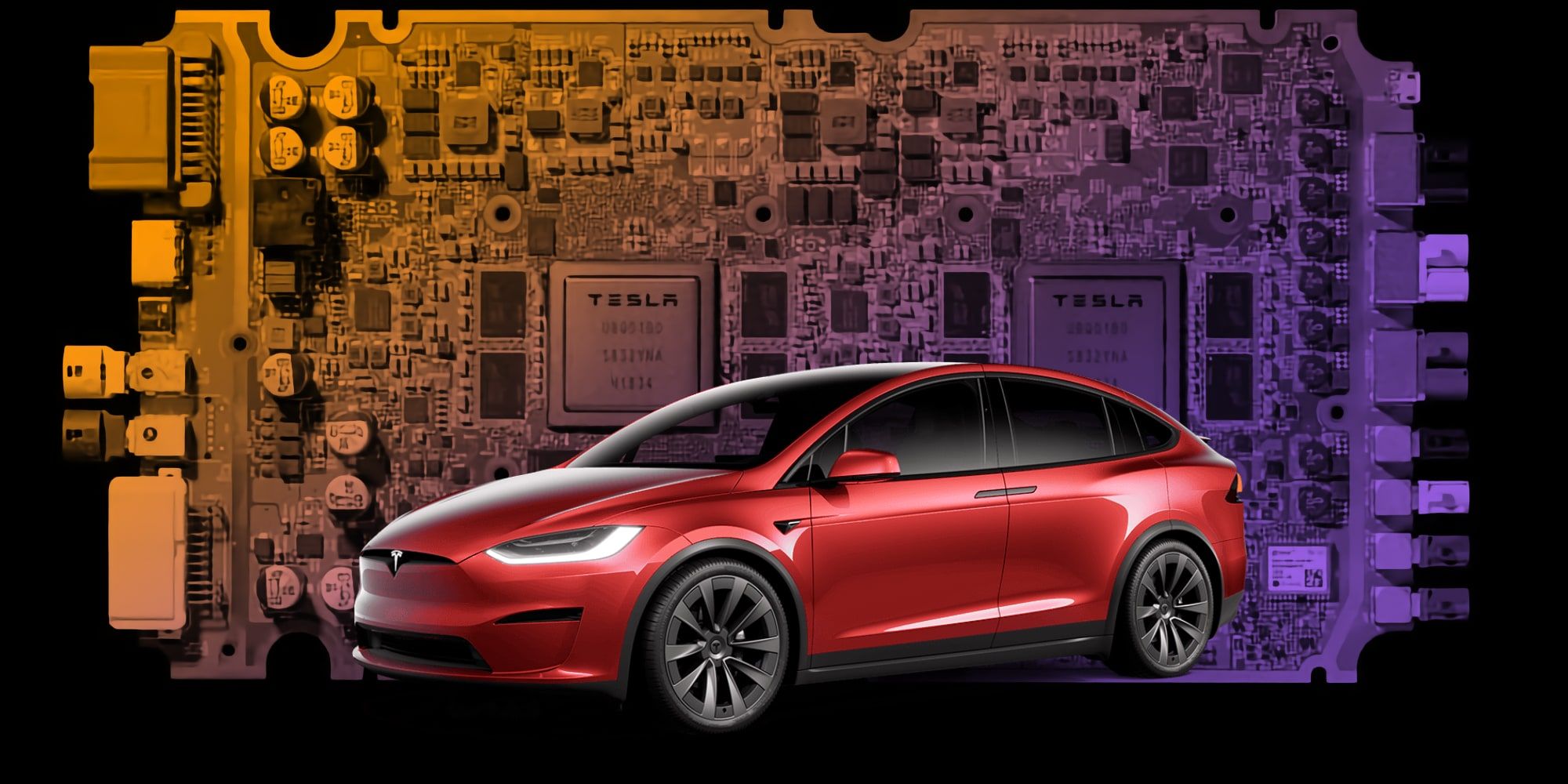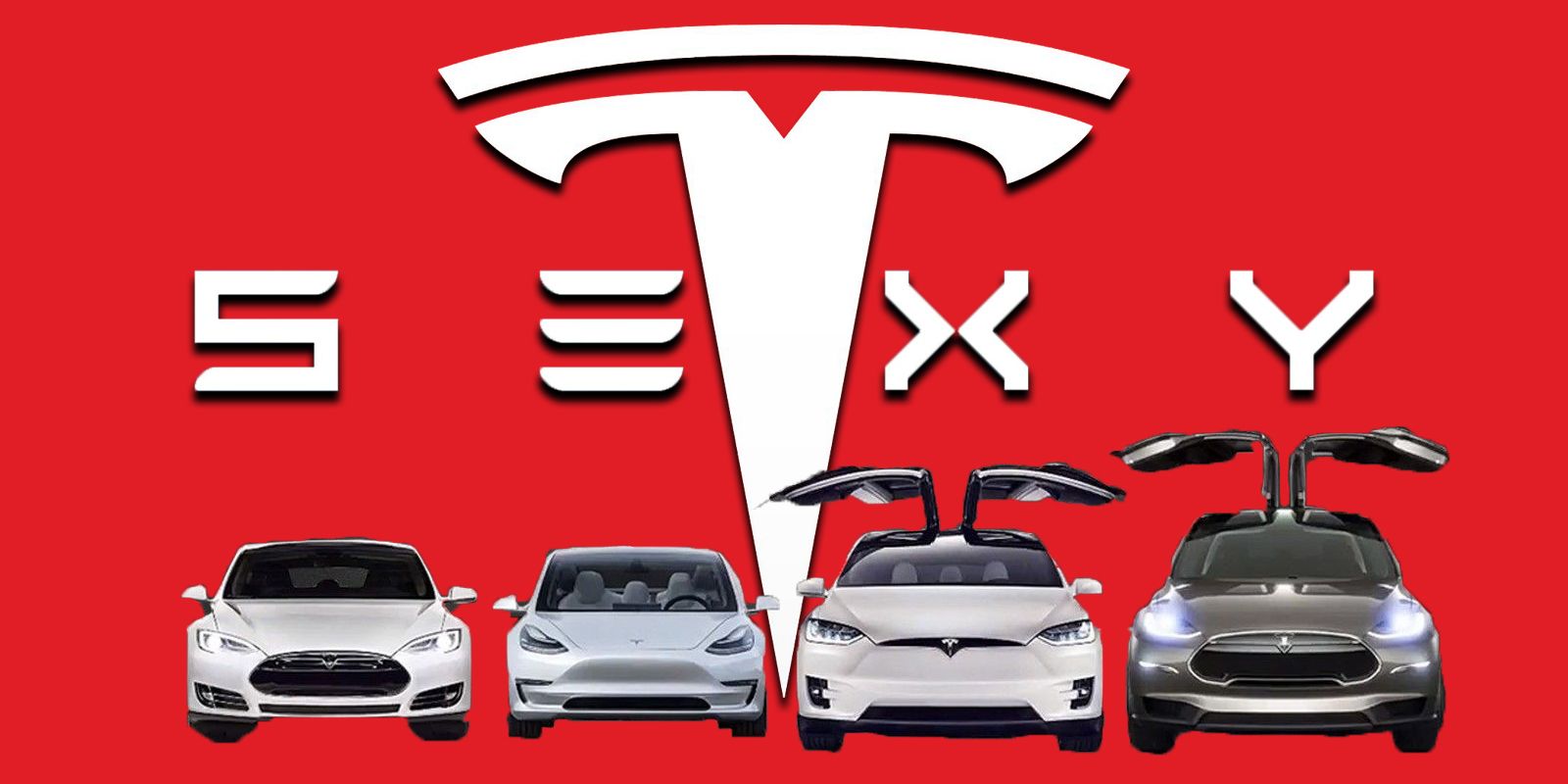Tesla employs plenty of automatic systems that rely on computer chips to simplify and improve operation, which is not so different than other automakers. However, unlike most other vehicle manufacturers, Tesla cruised through the chip shortage with only a few speed bumps. The way it managed to pull off that impressive trick is quite interesting and has to do with Tesla's beginnings and its approach.
A car was once was almost entirely mechanical, made of metal, a bit of wood for structure and fabric as trim. As cars gained more accessories, a growing number of electrical systems necessitated control systems hardwired into the vehicle. Computer chips began to be incorporated into vehicles in the late 1960s, with Volkswagen being among the first, but it was the 1980s before it was commonplace to have a computer assisting with engine operation. In modern vehicles, chips are scattered throughout the car, managing various systems from anti-lock braking to automatic headlights.
With well over 1,000 chips used in each vehicle, sometimes as many as 3,000, a global shortage presents a significant problem. Meanwhile, Tesla only halted production once, briefly, yet overall continued to expand capacity during the pandemic, despite the worldwide chip shortage. The Wall Street Journal spoke with chip manufacturers and also with Tesla's CFO about how it managed to pull off that feat. Since Tesla is much newer than traditional automakers, its cars are built from the ground up, so each takes advantage of new technologies and development systems rather than being tempted to assemble some existing parts that have proven to be reliable for a given task. This approach allows Tesla to be more flexible and adapt to change better.
Tesla's Startup Advantage
A startup sometimes faces long odds against established businesses. However, when there is a significant shakeup in the status quo, the advantage can flip to the new company that is already geared for change. For example, Tesla was able to rework systems to operate with different chips when the first choice was unavailable. Since the teams that built the first version were still on staff, the company didn't need to rebuild a part designed decades ago. Instead, it might be working on a project that is only a few years old. In addition, in-house software development allowed Tesla to rewrite software to support available chips rather than be stuck waiting for a particular solution.
Also, Tesla has a more integrated system since it was built from scratch instead of piecing together and patching older systems, as is the case with most traditional automakers. Finally, a point was made that supply chain management is much easier for Tesla since it is a smaller manufacturer. Being seen as a rising star might help convince suppliers to set aside a batch of chips or make an extra run to gain favor for the future. Ultimately, Tesla operated more like a technology company and was better prepared for computer problems than traditional automakers that tend to approach solutions with less vigor and urgency.
Source: Wall Street Journal


